Bob Olthoff and his MGA Twin Cam Revisited: Part 3
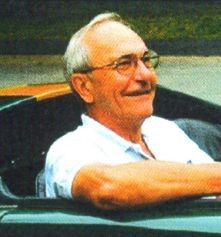
 The earlier parts of this article looked at Bob’s story and the context against which it should be viewed. The more difficult aspects of Bob’s story were explored and the background MG’s and Bob’s approach to the 1961 season was highlighted. Read Part 1 and Part 2 of Bob’s story.
The earlier parts of this article looked at Bob’s story and the context against which it should be viewed. The more difficult aspects of Bob’s story were explored and the background MG’s and Bob’s approach to the 1961 season was highlighted. Read Part 1 and Part 2 of Bob’s story.
1960
Bob, following his debut at the MGCC event at Silverstone, seems to have had a pretty unremarkable year for the rest of 1960. He only recorded races where he finished in his 1985 letter to Simon Robinson so the 1960 record is sparse. It is clear from period photographs that Bob was busy modifying his car. One incident in 1960, which he does not relate himself, was his exclusion at the last minute from the 1960 Silverstone 6 hour relay because he only had a South African licence. Whether discrimination or a proper enforcement of the rules will never be known. It is clear Bob always felt, probably with some justification, discriminated against. This comes over in the Autosport letter with Bob citing the political situation along with his being South African as another possible reason why he was not getting race entries.
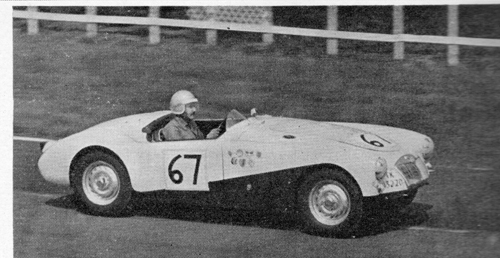
1961 and the ‘Competitive’ Car
In 1961 MG needed competition based publicity for the MGA to support the launch of the 1600 MkII. There was a team of 1600 engined cars entered for Sebring. There was Ted Lund’s special bodied Le Mans 1762cc Twin Cam entry and there was the 1961 ADAC 1000Km Nurburgring entry in Bob’s name possibly obtained with the help of John, later Sir John, Whitmore, Bob’s co-driver..
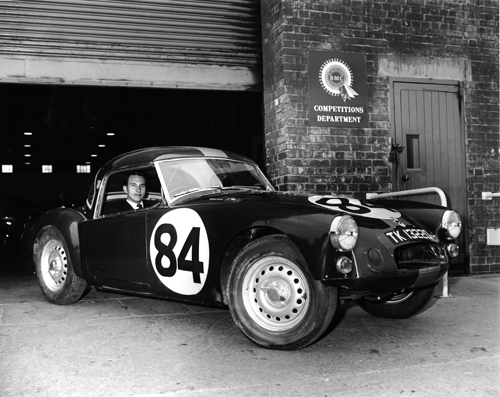
The MGA on the UK domestic competition scene was not much in evidence. Bob entered the 1961 Autosport Championship.
How to make Bob competitive must have been something that taxed the likes of John Thornley, Syd Enever, and Alex Hounslow. A driver really cannot deliver more than the car’s potential and a ‘poor show’ was little better than a ‘no show’.
Bob competed in a race at Goodwood in his white and maroon MGA in March 1961, he then left for Sebring. After his return a much modified, Green and Gold South African racing colours, MGA emerged from the Competitions Department at Abingdon complete with the entry numbers, #84, for the Nurburging 1000km race already on it.
Exactly when all the modifications were done, and they were overall extensive and largely complete by May 1961, is unclear. Nevertheless Bob’s car was still, in essence, a standard bodied Twin Cam roadster unlike SRX 210. The only modifications that can be said for certain to have been done at that time were the re-spray and the fibreglass front and rear wings. Bob said that the engine was again rebuilt at this point.
This was the 1961 ‘competitive’ car modified as explained in some detail in the March 1962 articles which, as noted, make no mention of engine capacity.
Bob and Whitmore then trailered the car to Germany and competed in the GTS category at 1588cc and came a creditable 7th in class behind the Porsches.
Bob then competed in two races in the UK before co-driving SRX 210 at Le Mans. On his return he entered the support race for the British Grand Prix at Aintree. All these races were entered at 1588cc.
The following two weekends, the 22nd and 29th July, Bob competed in Ireland, first at Phoenix Park in Dublin where he says he recorded the fastest speed achieved by an MGA of 137mph and then at Duboyne where he came third in the Holmpatrick Trophy. Both of these events were handicap events and in both cases he entered at 1762cc and was clearly handicapped at 1762cc, when compared with 1588cc Twin Cams also entered, despite saying in the Autosport letter “….I was using the normal 1588cc engine in Ireland!”.
Two weeks later Bob is at Silverstone for the 1961 6 hour relay race.
The Tourist Trophy and the Autosport Letter
A week after that, on 19 August 1961, there was the Tourist Trophy at Goodwood.
Bob and MG must have recognised that they now had a potential problem because the race reports from Dublin and Dunboyne appeared in Autosport on 4 August and 11 August 1961 respectively. Bob had entered the Tourist Trophy in the GTS class at 1588cc, whereas he was prominently reported in both Autosport articles as running in Ireland in both handicap events at 1762cc, a capacity he could quite properly run at in those races.
Bob could have said he had more than one engine to explain the capacity difference but an alternative strategy was employed.
Bob, possibly with a little help from MG, got the Autosport letter into 18 August 1961 edition, the day before the Tourist Trophy race.
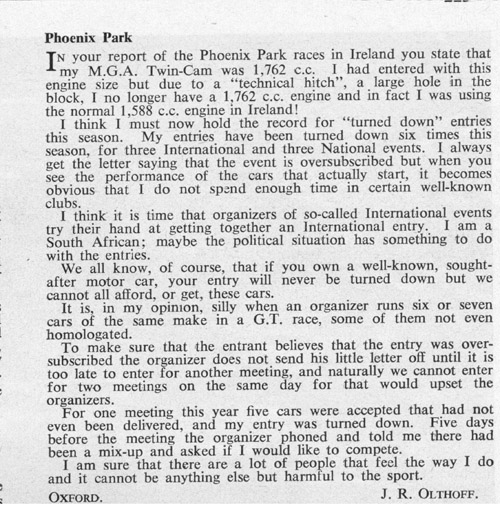
If taken as correctly representing the actual position it settled the Tourist Trophy capacity question. However it then begs the question as to why Bob unnecessarily accepted the incorrect handicap in Dublin, which he did as compared to other 1588cc Twin Cams entered. The entry for Dunboyne, being a week later, would have been even easier to amend.
If Bob had previously been 1762cc before and at the time of his Irish race entries, what earlier races, if any, had he competed in at the 1762cc capacity. Bob says “I had entered [Phoenix Park] with this engine size [1762cc] but due to a “technical hitch”, a large hole in the block I no longer have a 1762cc engine…”. The entries for Phoenix Park closed on 3 July so at sometime previously, by his own account, Bob was running at 1762cc. Since late May 1961 Bob had run in the Nurburgring 1000km and races at Brands and Snetterton before Aintree on 15 July, a week before Phoenix Park, all of which Bob entered at 1588cc.
The extent to which the Autosport letter represents the true position on a number of fronts has to be questioned. For example was Bob really 1588cc in Ireland and had there really been a “technical hitch’? Maybe Bob was transposing the fate of the engine in that year’s Le Mans entry! If Bob was actually running at 1762cc in Ireland then for how long after that time did he continue to use that capacity? He was running at 1762cc in May 1962 and that engine failed but Bob reports no engine failure before that despite describing two engine rebuilds prior to May 1961 and a decoke later in 1961.
The Autosport letter, apart from resolving the capacity issue, complains about the inability to get international race entries. Bob in fact obtained entries for two international races in 1961 and competed or was the reserve driver in two others, as well getting an entry for the support race for the British Grand Prix. Bob only missed out on two international races neither of which featured a single MG.
The Autosport letter also complains that the favoured few with entries who did not turn up then blocked others from competing. However Bob did precisely that, he entered a race at Snetterton, at 1588cc, the day after the race at Phoenix Park and could never have got both himself with his car to both venues.
Bob refers to being 1762cc again in a letter to Simon Robinson in 1984 where he states “I also bored the engine out to 1762cc” when talking about his extensive 1961 modifications. There is further mention of 1762cc in a 1996 article.
One other piece of this jigsaw is the photograph of Bob’s car taken by the schoolboy Anthony Binnington, Tim Binnington’s son, at Aintree on 15 July 1961. Tim was Bob’s manager at the factory and Anthony has captioned the photograph in the album at 1762cc. Bob and his wife were frequent visitors to the Binnington household.
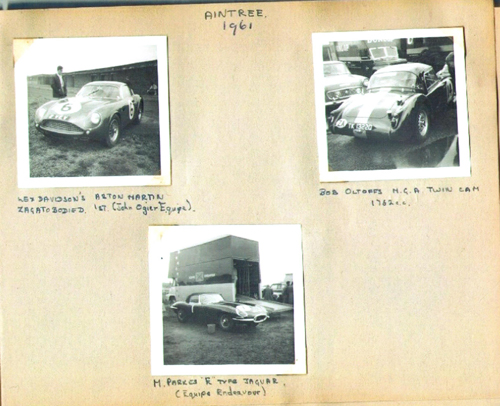
Why Bob was competitive in 1961 will never be known for sure. There seems pretty convincing evidence based on the Autosport letter, the Irish entries and Anthony Binnington’s album that at some stage in 1961 Bob ran at 1762cc whether in conformity to his declared entries or not.
Bob’s mistake, in so far as he made one, was to enter the Irish races at 1762cc and whether he did this before he recognised the implications must be conjectural.
Bob finished third in the Autosport Championship in 1961. This helped his election to the BRDC in 1962 and effectively launched his career.
Arising from the question of Bob’s capacity in 1961 was the extent of MG’s involvement.
Whilst Bob may well have been a willing participant whatever happened in period was only possible with MG’s active involvement because of the way the 1762cc capacity engine for the Twin Cam had evolved and was controlled.
The 1,762cc (or is it 1,760cc?) Twin Cam Engine
It was initially unclear where and how the 1762cc capacity had originated and thus who controlled its use.
The piston, stamped MOWOG, was a BMC part with a serial number used by Morris Engines in Coventry. There was no record of it having anything to do with Abingdon.
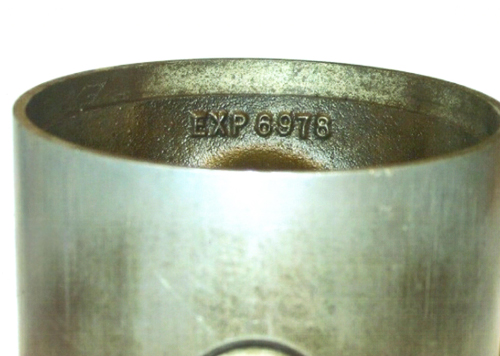
Drawing #310 in MG’s EX187 register, dated 5 days after the 1959 Le Mans, in which SRX 210 with a 1588cc engine had done remarkably well, was then identified. The timing of this initiative may be coincidental as may Bob choosing the 310 number for his YRX UK registration.
The original internal MG Tuning Information Memorandum (TIM#35) issued sometime in February 1961 was then located. This details the piston, the gasket, their supplier and the block boring size for the 1762cc engine.
The 1762cc Le Mans engine was an MG creation initiated in the EX register in 1959 and made an official internal MG tuning modification by TIM#35 in 1961. TIM#35 was produced months after the Twin Cam had ceased production in 1960.
Access to the 1762cc Twin Cam engine was under MG’s control and it was only made available to Ted Lund, Bob Olthoff and, in 1961, to South Africa to help sell unsold stock. TIM#35 was an internal factory document and not available generally.
The engine, as specified in TIM#35, was actually 1760cc not 1762cc. The odd 2cc crept in as a result of the 1960 Le Mans scrutineering sheet showing 1762cc, when the underlying numbers give 1760cc, and 1762cc has been perpetuated ever since.
Finally a 1984 letter to Safety Fast raises the possibility that it was Bob himself who built the 1762cc engines at Abingdon.
It is unlikely the many modifications Bob disclosed in 1962 explain his 1961 performance. I suspect there was then, like now, no real substitute for horsepower.
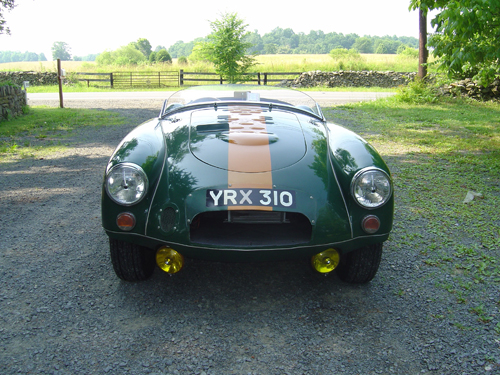
Check the NAMGAR website for a future article detailing the exact modifications Bob Olthoff made to his car.
NAMGAR would like to thank Andy Knott, Editor Safety Fast!, and author, Edward Vandyk, for their permission to reproduce this article.


Comment by: Harvey Marcus
Please let me know where the body stamped r located.the vin # r on the fire wall next to the heater, where else r there numbers?